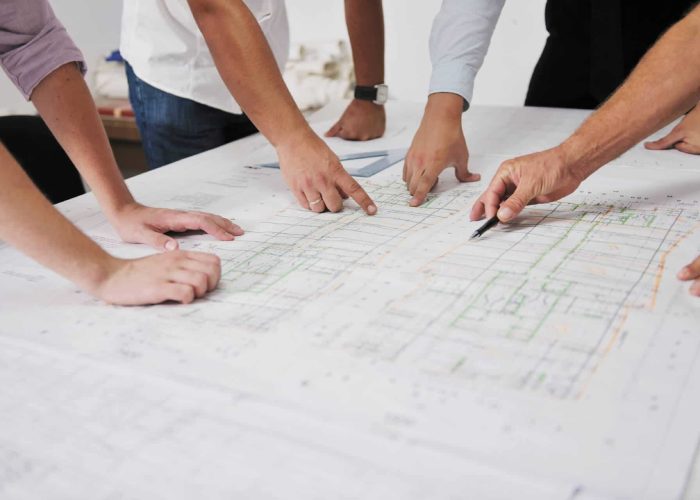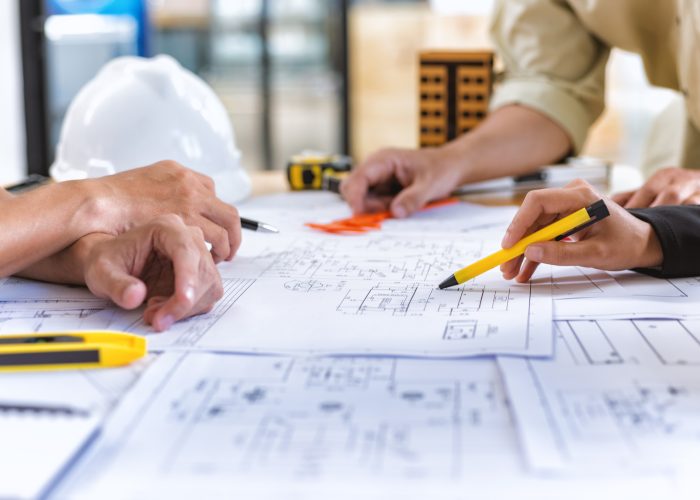Designing a building sustainably means that the materials typically come from renewable sources, and the architectural design increases energy efficiency. Traditional commercial buildings put off nearly 40% of the world’s total carbon dioxide emissions while also consuming 39% of power sources. By using sustainable building materials and more efficient structuring, these numbers can be greatly reduced. Energy efficiency and sustainability go hand-in-hand. Creating sustainable power sources, such as solar energy, allows large businesses to significantly reduce their negative impact on the environment and see substantial savings in the long run. Sustainable practices and supplies cost only about 1% more than traditional materials, but they can reduce operational costs over time.
What Building Materials are Sustainable and Energy Efficient?
Sustainable building materials are ones that can be easily replaced and require little to no carbon emissions to produce. These materials often occur naturally within the earth rather than created in a laboratory or produced with massive amounts of heat. Additionally, they are highly durable for sustainability and often reusable or able to be recycled for future use.
- Timber and lumber are the most common sustainable building materials, as they occur naturally and are extremely strong. This material is lighter than steel or concrete, which means that it takes less energy to transport. Plus, trees naturally absorb carbon emissions, making them especially beneficial to the environment.
- Bamboo is another material that many buildings have started using because of its strength, durability, and sustainability. Bamboo is extremely light, yet it is twice as strong as steel. It also absorbs 35% more carbon than trees.
- Recycled materials can also be used through the structure of buildings. Recycled cardboard, plastic, and metal scraps can be used as insulation and even carpeting.
- Concrete is another highly sustainable building material because it can be formulated to “heal” itself. By using specific strains of bacteria, concrete is able to heal cracks that form over time. Concrete also only emits about 5% of the earth’s carbon dioxide levels, so creating more buildings from this material could greatly reduce numbers globally.
Creating “green” buildings with highly sustainable and renewable materials is a great step towards energy efficiency and a cleaner environment.





